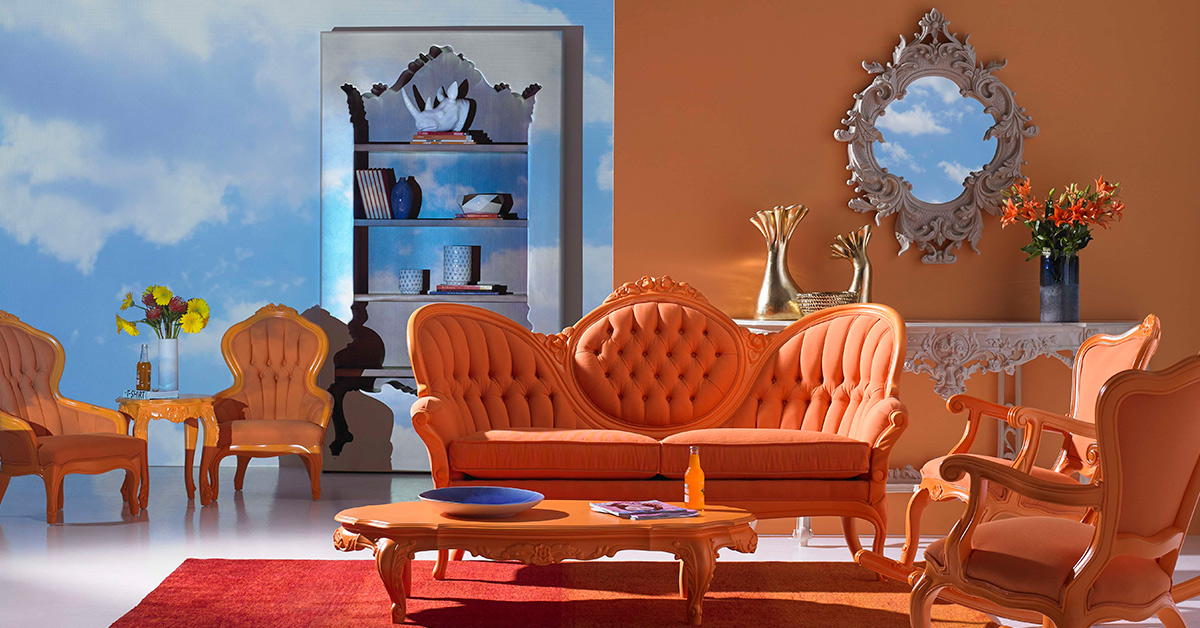The trends and trends of interior design do not appear by spontaneous generation or by "chance" they all have a reason for being that responds to the macro trends of design. And what are macro trends? as they are the result of changes in behavior at a massive level of people.
It is logical to think that if a very large group of individuals begins to behave in a certain way, some of their practical needs will also change, and there is no better or closer example of this than what we have all just experienced with the pandemic of Covid 19. The need to delimit human contact to avoid contagion has caused people to stay at home and keep a healthy distance, and that impacts on a design macro trend that seeks precisely more spacious and versatile environments.
As a result, specific trends appear that are related to certain colors, distributions, materials, lines and shapes that are much better adapted to the well-being and expectations of users.
Among the macro trends that came to stay in the new normal, we can find:
1.- Emotional design
Design, in one way or another, has always been related to the emotions it manages to detonate, however, if before the priority had to do with practicality or ergonomics, now peace of mind, optimism and tranquility also go to take a leading role.
It seeks to create atmospheres capable of connecting with people through the senses and creating meaningful experiences. The emotional design color palette is characterized by being warm, bright and relaxing.
2.- Community capitalism
Fluctuations in the economy and transitions of social classes also create macro design trends. In this case, the need to work from home and to look for market alternatives that are more friendly to society, give rise to an architectural approach that focuses on creating multipurpose and multi-gender spaces that adapt to the needs of new communities, which are They are characterized by less mobility, more autonomy and a greater willingness to create ties and live with common economic projects.
The color palette of community capitalism refers to a reconnection with nature, which is why it opts for neutral, raw and green tones.
3.- No gender:
At a time when clothing for men and women begins to become unisex, and spaces are freed from advertising or brands, leaving the product itself as the protagonist, a greater empathy with social problems is perceived and a color palette flourishes that is it frees from stereotypes and takes much more advantage of neutral tones and those that were traditionally linked to the feminine.
From the combination of these macro trends, three specific trends emerge that have drawn the attention of our designers especially:
Maximalism
Seeks a connection with the history of the people who inhabit a space, through mixing different objects, colors, textures and styles to maximize emotional experiences.
Handcrafted
It fosters spaces that value textures or handmade materials and that connect with the past, but at the same time take advantage of the potential of technology and rescue elements of the industrial design trend.
Instagrammable
There is no doubt that sharing who we are on social networks has become a necessity, especially at a time when social contact will be quite restricted. Therefore, designers and users alike already anticipate colorful and interesting environments not only to take photos and be noticed, but also to reflect in each element the lifestyle that defines them.
Are you already exploring these trends in your design projects?




Leave Comment